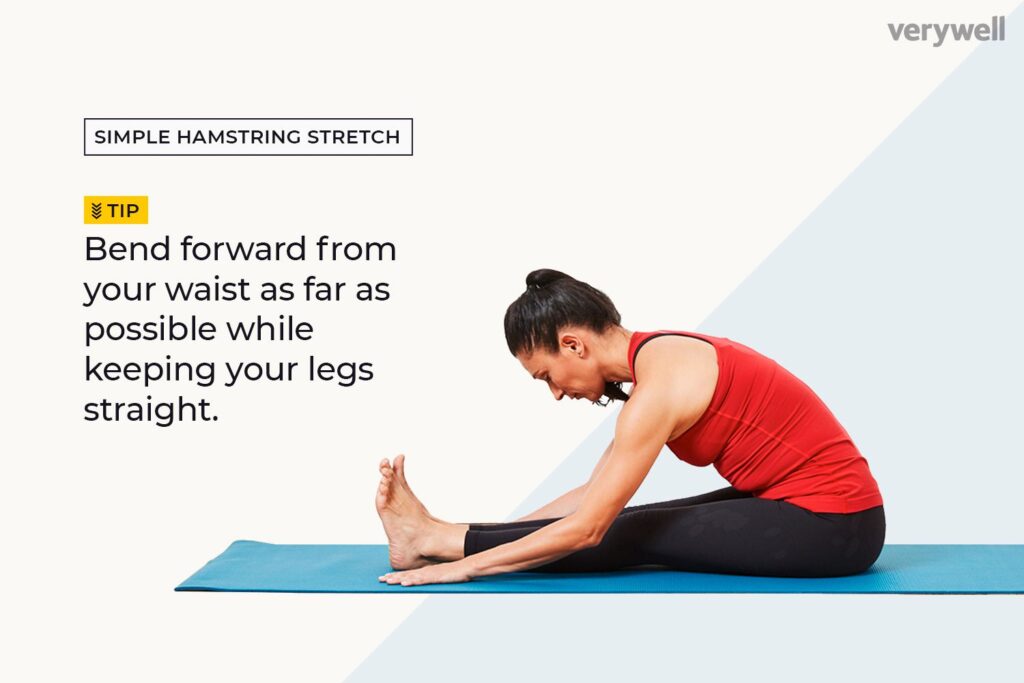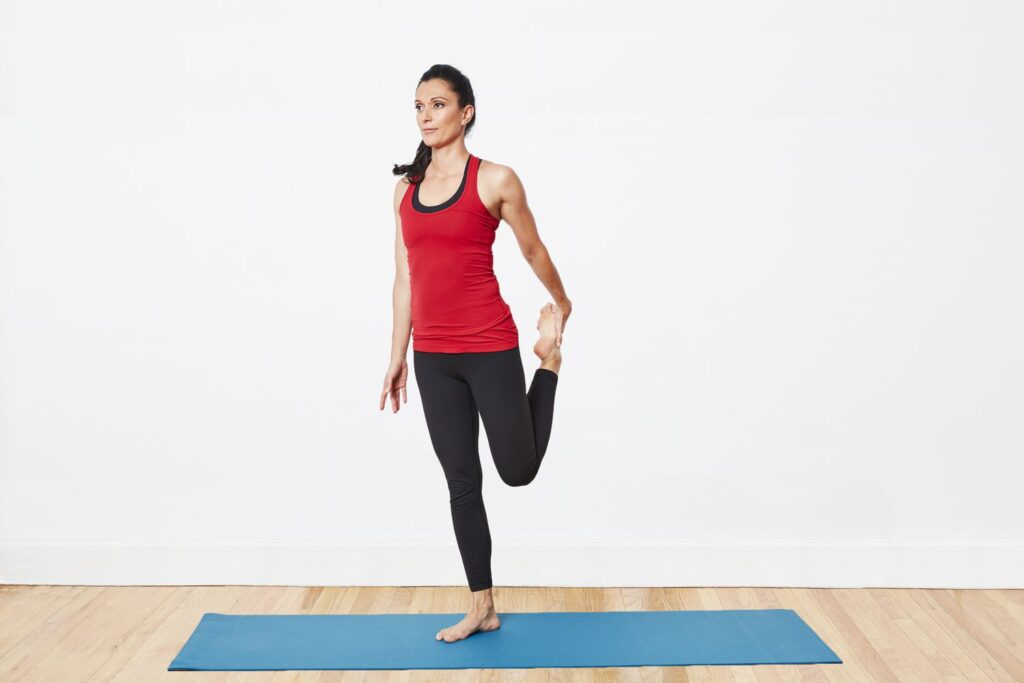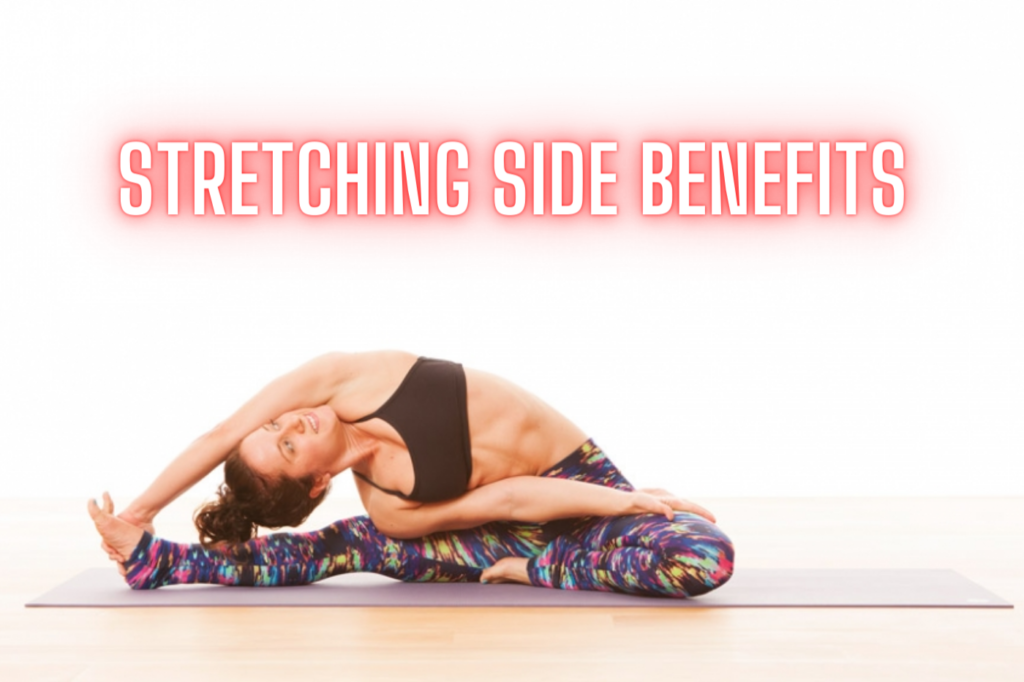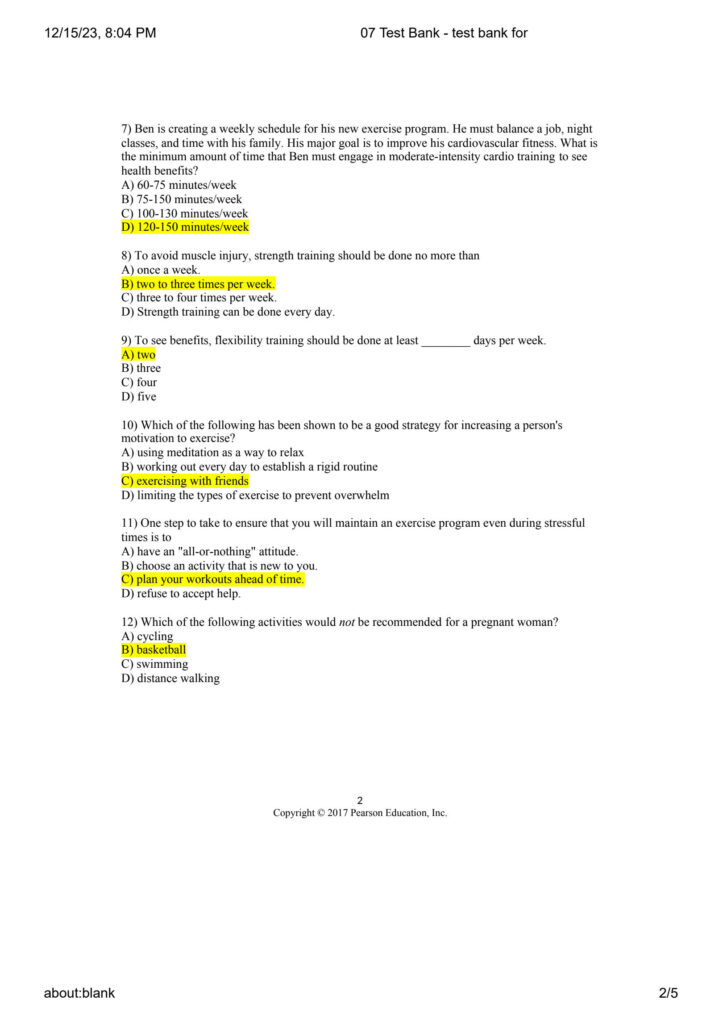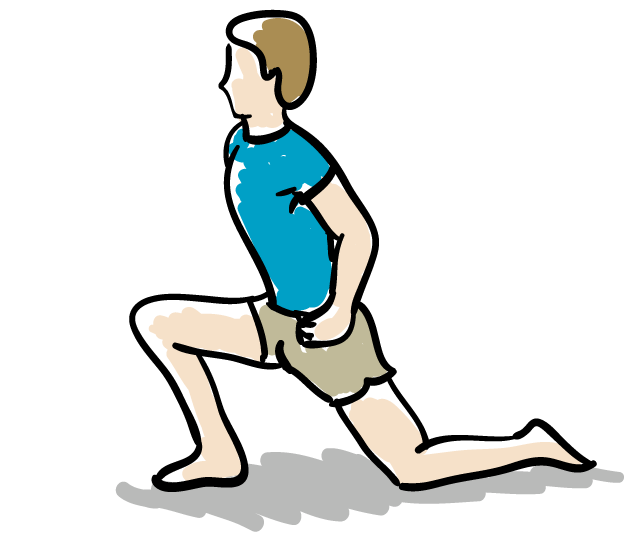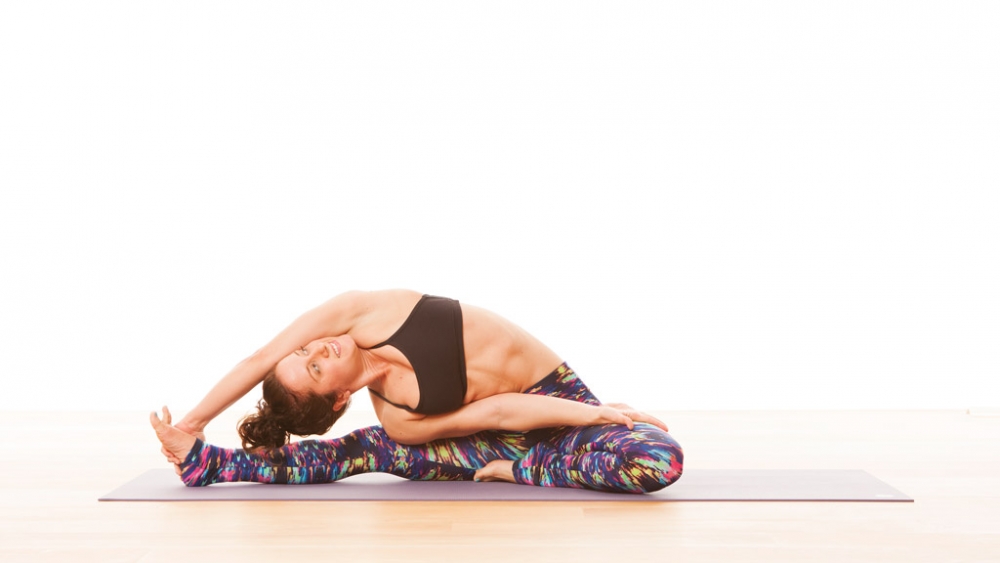To stretch the back of your thigh, perform hamstring stretches. These can improve flexibility and reduce muscle tension.
Stretching the back of your thigh, specifically the hamstrings, is crucial for maintaining lower body flexibility and preventing injuries. Tight hamstrings can lead to discomfort and even contribute to lower back pain. Simple hamstring stretches can make a significant difference in your overall mobility.
Consistently incorporating these stretches into your routine can enhance your athletic performance and daily activities. Stretching exercises, such as the seated hamstring stretch or standing forward bend, are effective and easy to do. Aim to hold each stretch for at least 20-30 seconds to fully benefit from the practice. Prioritizing these stretches can lead to better muscle health and improved physical well-being.
Introduction To Thigh Stretches
Flexibility helps your muscles stay healthy. It allows you to move easily. Stretching can prevent injuries. Stretching keeps your muscles long and lean. It improves your posture. You feel less pain. You can perform better in sports. Flexibility helps in daily activities. It makes you feel good.
Stretching the back of your thigh has many benefits. It can reduce muscle tightness. It can improve your range of motion. Stretching can help with blood flow. It can reduce soreness after exercise. Your muscles will be less stiff. You will feel more relaxed. Stretching can make your legs stronger. It can improve your balance. It helps in preventing injuries.
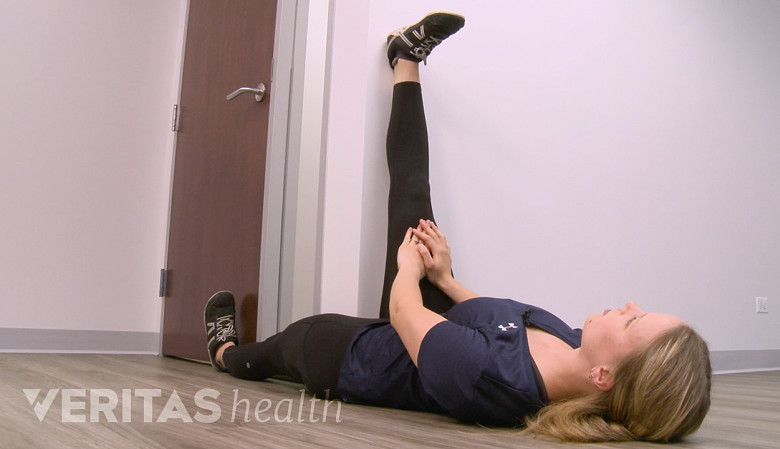
Credit: www.spine-health.com
Anatomy Of The Thigh Muscles
The hamstring complex is located at the back of the thigh. It consists of three muscles: the biceps femoris, semitendinosus, and semimembranosus. These muscles work together to bend the knee. They also help extend the hip.
The hamstrings play a key role in walking and running. They help lift your leg backward. These muscles also stabilize the knee joint. Proper function of the hamstrings is crucial for athletic activities.
Signs Of Tight Hamstrings
Tight hamstrings can cause pain in the back of the thigh. This pain might spread to the lower back. Some people may feel a pulling sensation. Others may experience a sharp, sudden pain when moving. This discomfort can make daily activities harder. Walking, bending, and even sitting can be painful.
Tight hamstrings can affect your posture. They can pull on your pelvis, causing it to tilt. This tilt can lead to a curved lower back. A curved lower back can cause more pain and discomfort. Over time, this can affect your overall body alignment.
Preparation For Stretching
Start with a light jog or brisk walk. This helps to get your blood flowing. Do this for about 5 to 10 minutes. Make sure to keep your movements gentle. Gradually increase the intensity as you feel warmer. Your muscles should feel loose and ready.
Always stretch on a flat surface. Avoid bouncing while stretching. Hold each stretch for at least 20 seconds. Never stretch to the point of pain. Breathe deeply and evenly. Wear comfortable clothes that allow movement. Drink water before and after stretching. Stay aware of your body’s limits.
Basic Stretches For Beginners
Sit on the floor with your legs extended. Keep your back straight. Reach forward towards your toes. Hold the stretch for 20 seconds. Feel the stretch in the back of your thighs. Repeat this stretch three times. Bend your knees slightly if needed.
Stand up straight with feet hip-width apart. Extend one leg in front of you. Place your heel on the ground. Keep your back straight. Lean forward gently from the hips. Hold the stretch for 20 seconds. Feel the stretch in your hamstrings. Switch legs and repeat. Perform three sets for each leg.
Advanced Thigh Stretching Techniques
Stand near a sturdy surface, like a bench. Place one foot on the bench. Keep your leg straight and toes pointing up. Bend forward slowly, reaching toward your toes. Hold the stretch for 20 seconds. Switch legs and repeat.
Lie on your back with one leg extended. Ask a partner to lift your other leg slowly. Keep your leg straight and toes pointing up. Your partner should push gently until you feel a stretch. Hold for 15 seconds. Switch legs and repeat.
Yoga Poses For Hamstring Flexibility
This pose stretches the back of your thighs. Start by placing your hands and knees on the ground. Push your hips up and back. Keep your legs straight and your heels on the floor. Feel the stretch in your hamstrings.
Stand tall with your feet hip-width apart. Bend forward from your hips. Try to touch your toes. Keep your knees slightly bent if needed. This pose helps increase flexibility in your hamstrings.
Incorporating Stretches Into Daily Routine
Many people sit at desks all day. This can cause tight hamstrings. Simple stretches can help. Stand up every hour. Stretch your legs. Bend forward and touch your toes. Hold for 10 seconds. Repeat three times. Use a chair for support. Stretch one leg at a time. Place your heel on the chair. Keep your leg straight. Lean forward gently. Hold for 10 seconds. Repeat three times.
Stretching before and after workouts is crucial. Before a workout, do dynamic stretches. Swing your legs forward and backward. This warms up your muscles. After a workout, do static stretches. Sit on the ground. Extend one leg. Reach for your toes. Hold for 15 seconds. Switch legs and repeat. This helps your muscles relax.
Dealing With Hamstring Tightness
Using a foam roller helps release tension in the hamstrings. Roll the foam roller under your thigh. Apply gentle pressure and move it slowly. Spend extra time on tender spots. Massage can also help loosen tight muscles. A massage therapist uses their hands to work out knots. This can increase blood flow and reduce tightness. Both methods are effective and easy to do at home. Regular practice can improve flexibility and mobility.
See a professional if your hamstring tightness doesn’t improve. Severe pain or swelling needs medical attention. A doctor can provide a proper diagnosis. A physical therapist can offer targeted exercises. They can create a plan to strengthen and stretch your hamstrings. This can prevent future injuries. Don’t ignore persistent tightness. It can lead to more serious problems. Getting help early ensures a faster recovery.
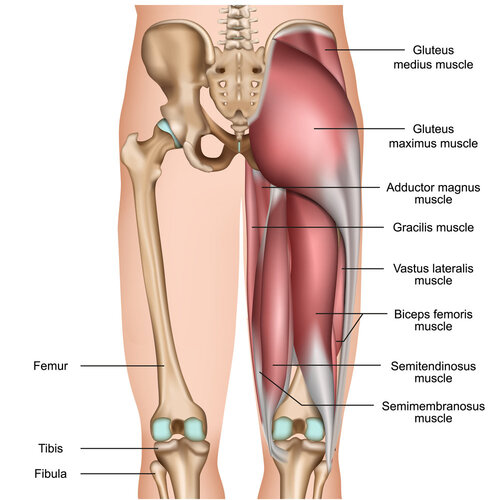
Credit: www.lorpt.com
Preventing Future Tightness
Stretching regularly keeps your thigh muscles loose. Make it a daily habit. Even a few minutes help. Remember to stretch both legs. Always warm up first. This prevents injuries. Hold each stretch for 20-30 seconds. Do not bounce. Breathe deeply and relax.
Strength training helps balance your muscles. Strong muscles support your body better. Include exercises like squats and lunges. These improve thigh strength. Use both weights and body weight. Start with light weights. Gradually increase them. Consistency is key. Train at least twice a week. This prevents future tightness.
Success Stories And Testimonials
Many people have shared their stories. They had tight thigh muscles. After a few weeks of stretching, they felt a big change. Their muscles became more flexible. They could move better. They felt less pain. Stretching helped them a lot.
Athletes also saw great results. They used to have tight muscles. Stretching made a big difference. Their muscles became loose. They could run faster. Their performance improved. Stretching was key for them. They recommend it to everyone.
:max_bytes(150000):strip_icc()/TheTowelHamstringStretch_annotated-e17f02aec4e7478b878140a16a59f191.jpg)
Credit: www.verywellfit.com
Frequently Asked Questions
How Do You Stretch The Back Of Your Thigh?
To stretch the back of your thigh, try the hamstring stretch. Sit on the floor, extend one leg, and reach for your toes. Hold for 20-30 seconds and switch legs.
How Do You Get Rid Of The Tightness In The Back Of Your Thigh?
Stretch regularly, focusing on hamstrings. Use foam rollers for muscle relief. Apply heat or ice packs. Stay hydrated.
How Do You Loosen A Tight Hamstring?
To loosen a tight hamstring, perform gentle stretching exercises, use a foam roller, stay hydrated, and apply heat therapy.
How To Stretch The Back Of Your Quad?
To stretch the back of your quad, stand on one leg. Pull your opposite foot towards your butt. Hold your ankle, keeping your knees together. Maintain the stretch for 20-30 seconds. Repeat on the other leg.
Conclusion
Stretching the back of your thighs can greatly improve flexibility and reduce discomfort. Incorporate these stretches into your daily routine for optimal results. Consistency is key to reaping the benefits. Keep your muscles healthy and strong with regular practice. Stay committed, and you’ll notice a significant difference over time.

